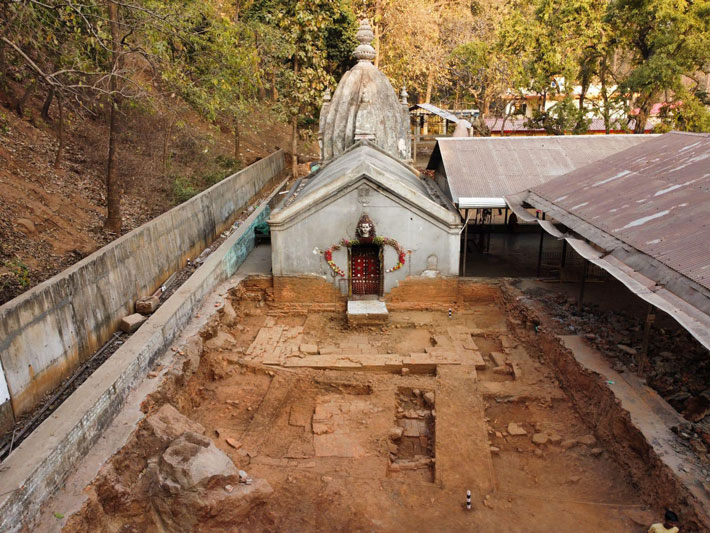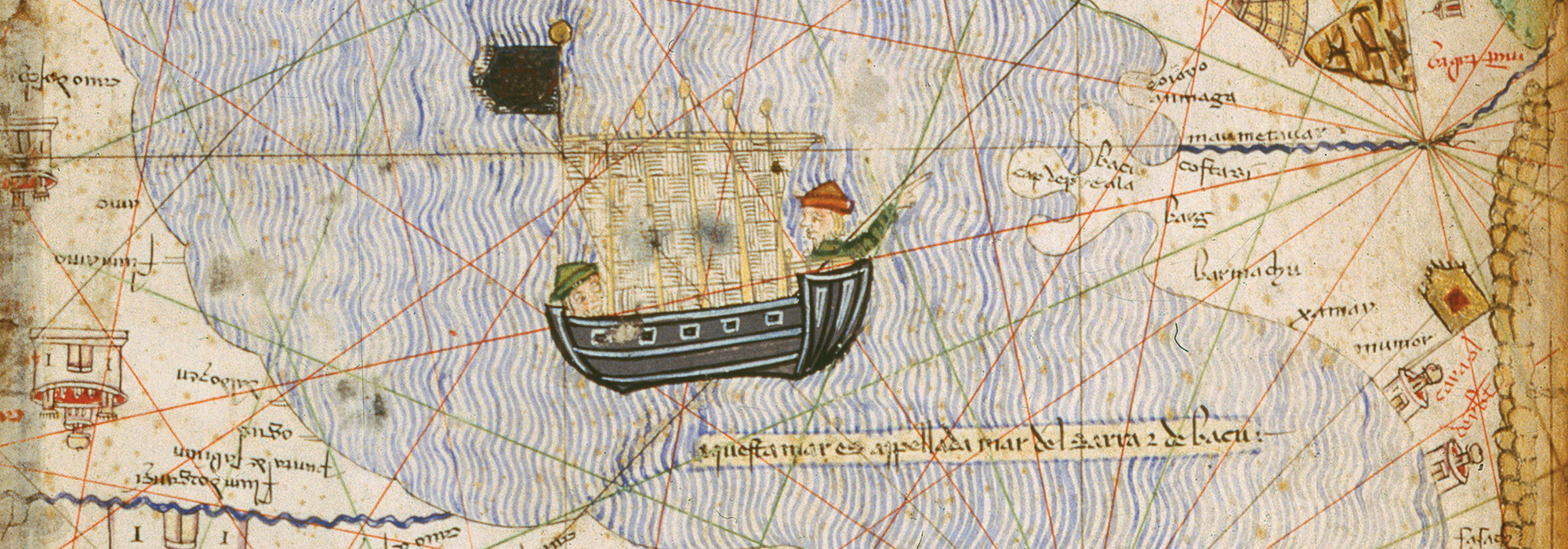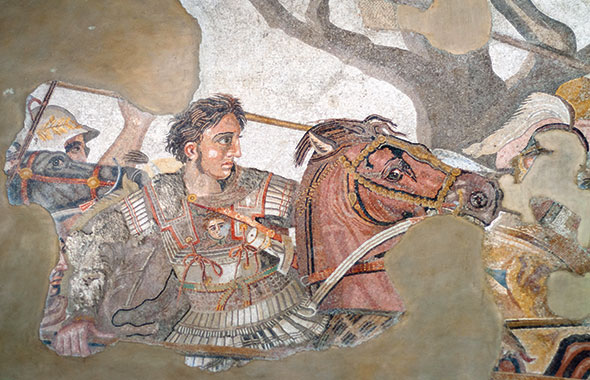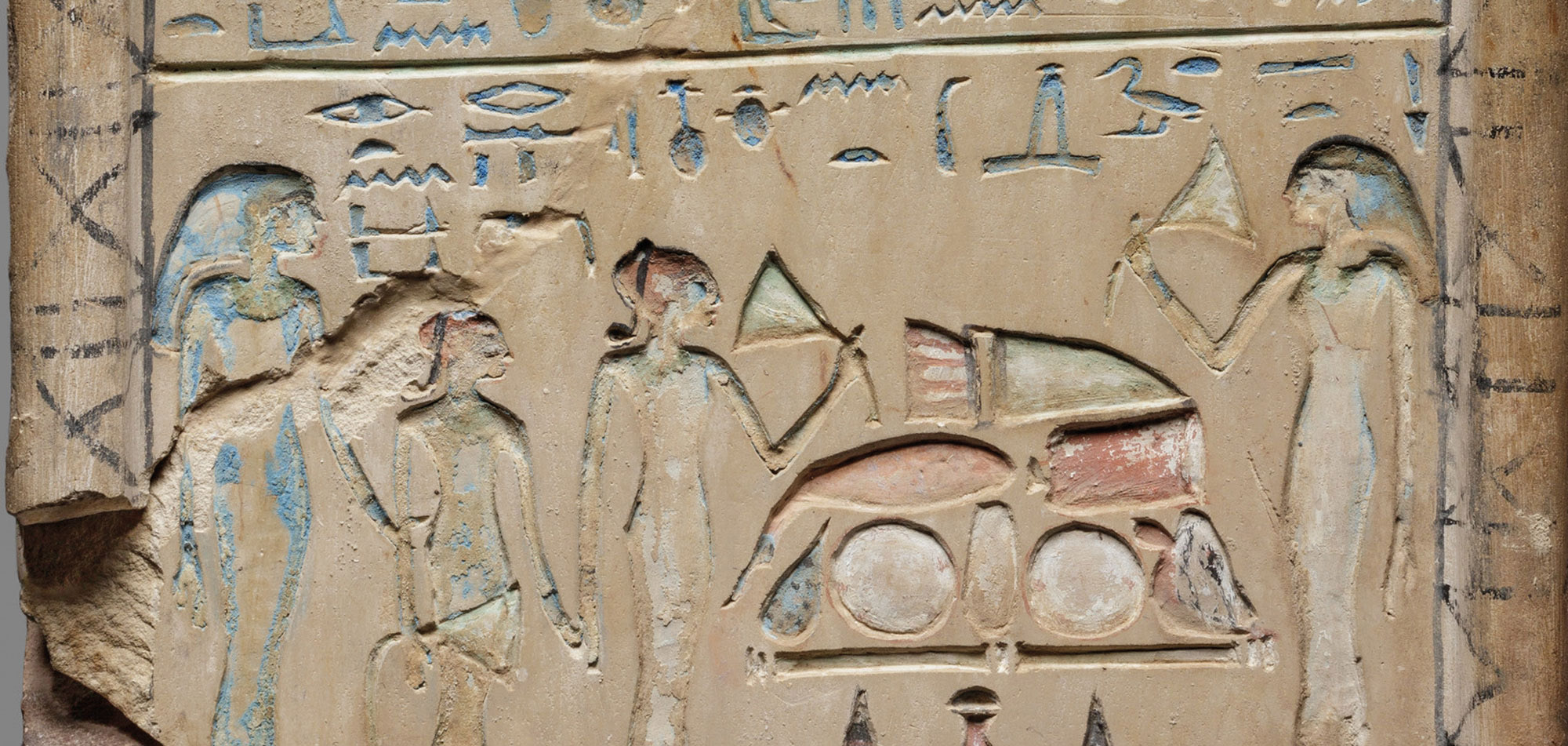
GUWAHATI, INDIA—The Times of India reports that traces of a temple have been unearthed in northeastern India by researchers from the Assam Directorate of Archaeology. The excavation has uncovered brick structures, stone floors, a stone plinth, stone ornaments, an iron clamp, charcoal, and pottery. “The most significant aspect of the excavation is the occurrence of art and architectural parts of different time frames,” said archaeologist Nabajit Deori. The temple was first constructed of brick and stone in the mid-seventh century A.D., with five facets on each side of the tower and a foyer connecting the temple to a pavilion for public rituals. The complex was surrounded by a brick wall, Deori explained. Another pavilion, or mandapa, and a pranala, or channel to drain liquids that had been poured over idols, were added during the period of the Ahom Kingdom, which ruled the region from the thirteenth through the nineteenth centuries A.D. Pottery from the site, Deori added, features a variety of designs, including cord impressions, redware, and dishes on stands. Carbon dating and optically stimulated luminescence dating of the artifacts will help researchers to establish a chronology for the region, Deori concluded. To read about giant stone jars found in the state of Assam, go to "Around the World: India."










